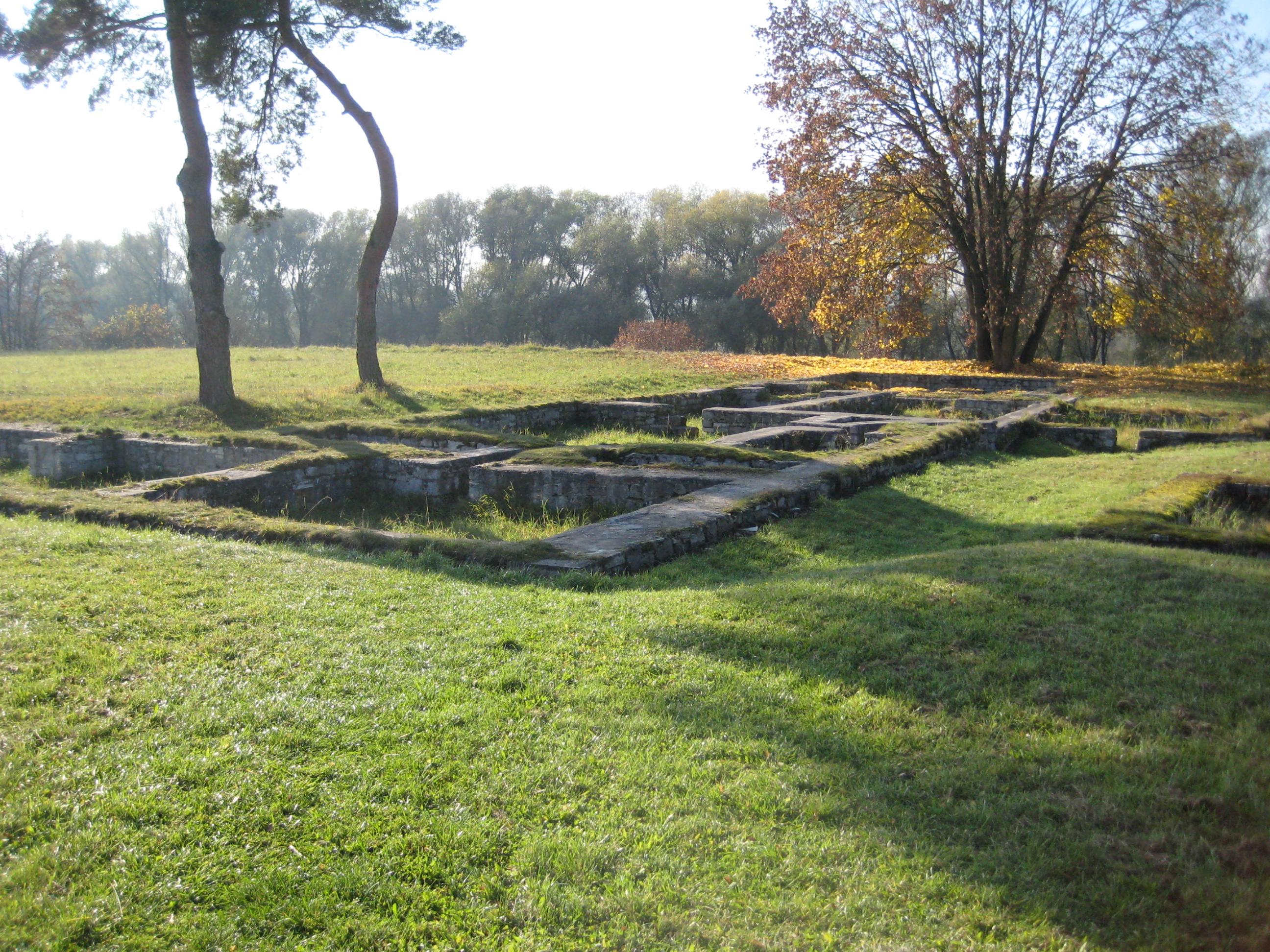Abusina on:
[Wikipedia]
[Google]
[Amazon]
 Abusina or Abusena was a
Abusina or Abusena was a
Roman
Roman or Romans most often refers to:
*Rome, the capital city of Italy
*Ancient Rome, Roman civilization from 8th century BC to 5th century AD
*Roman people, the people of Roman civilization
*Epistle to the Romans, shortened to Romans, a letter w ...
castra
''Castra'' () is a Latin language, Latin term used during the Roman Republic and Roman Empire for a military 'camp', and ''castrum'' () for a 'Fortification, fort'. Either could refer to a building or plot of land, used as a fortified milita ...
(military outpost), and later of town, of the Roman Province
The Roman provinces (, pl. ) were the administrative regions of Ancient Rome outside Roman Italy that were controlled by the Romans under the Roman Republic and later the Roman Empire. Each province was ruled by a Roman appointed as Roman g ...
of Raetia
Raetia or Rhaetia ( , ) was a province of the Roman Empire named after the Rhaetian people. It bordered on the west with the country of the Helvetii, on the east with Noricum, on the north with Vindelicia, on the south-west with Transalpine ...
.
It was at Eining near Abensberg
Abensberg () is a town in the Lower Bavarian Districts of Germany, district of Kelheim (district), Kelheim, in Bavaria, Germany, lying around southwest of Regensburg, east of Ingolstadt, northwest of Landshut and north of Munich. It is situa ...
, on the Upper German- Raetian Limes, which at this point was the Danube River
The Danube ( ; see also other names) is the second-longest river in Europe, after the Volga in Russia. It flows through Central and Southeastern Europe, from the Black Forest south into the Black Sea. A large and historically important riv ...
. Abusina stood near to the eastern termination of the high road which ran from the Roman military station Vindonissa on the Aar to the Danube.
In the 2nd century the fort was occupied by the Cohors IV Tungrorum with about 1,000 men.
By the later Roman Empire, archaeology
Archaeology or archeology is the study of human activity through the recovery and analysis of material culture. The archaeological record consists of Artifact (archaeology), artifacts, architecture, biofact (archaeology), biofacts or ecofacts, ...
and the ''Notitia Dignitatum
The (Latin for 'List of all dignities and administrations both civil and military') is a document of the Late Roman Empire that details the administrative organization of the Western and the Eastern Roman Empire. It is unique as one of very ...
'' suggest the site was occupied by Cohors III Brittonum with only 50 men.Coello, T. (1996). Unit Sizes in the late Roman Army. p 51.
References
Roman fortifications in Germania Inferior Roman waystations {{AncientRome-mil-stub